Yucatan Plumbing
So you’ve just bought your colonial home in the historical center of Merida, moved in all your furniture and planted a couple bougainvilleas in the patio. You step up to the bathroom sink to wash your hands, but when you turn on the faucet, nothing happens. If you’re like us, your first instinct is to ask your partner if they forgot to pay the water bill. Your next instinct is to call the water company and complain.
But here in the Yucatan, the problem is you have an empty tinaco (tee-NAH-koh).
Newcomers to Merida are usually not prepared for the differences in plomería(plumbing) here in Mexico. Back in the States, the water company generally provides enough pressure to deliver water right to your faucets. This is usually accomplished by pumping the water to a higher elevation and letting gravity do its work.
In Mexico the costs of pumping water through the antiquated water distribution systems in these old cities would increase the price of delivery, and many of the local residents would not be pleased (although the monthly water bill for our house is $70 pesos – less than seven dollars). As for using gravity to deliver the water, everyone here knows that the Yucatan is as flat as a tortilla (the highest elevation is probably the top floor of the Hyatt Hotel downtown). Consequently, the water pressure provided by the city is unreliable at best.
For these reasons and others, houses are equipped with a water storage tank, called a tinaco, located on the roof, usually sitting high on a pedestal. The height of the tinaco and the diameter of the tuberías (pipes) determine how much water pressure you have. In some areas, city water pressure is capable of filling your tinaco. But it’s not wise to rely on it. So a more elaborate plumbing system is designed into most houses. This system is illustrated in the diagram below.
The tinaco is a plastic tank, usually coated inside with an anti-fungal chemical layer. It has a screw-on lid and an inlet on the side near the top and an outlet with a valve coming out the opposite side near the bottom. The most common manufacturer around here is Rotoplas. The standard tinaco holds 1,100 liters (290 gallons) of water and costs about $700 pesos.
As you drain your tinaco, a flotador in the tank detects the falling water level. There are two types of flotador, a mechanical version that operates a valve, much like the kind in your toilet, and an electrical version that closes an internal switch. If your tinaco is receiving water directly from the city water system, the flotador will simply open a valve as the water level falls.
But, as shown in the diagram, most tinacos have an electrical flotador, which is on a rather long leash. When the water level falls to about 1/3 full, the flotador inverts, the switch inside closes and turns on a bomba (pump) somewhere in your house, usually on the ground floor.
The bomba is typically a ½ horsepower pump that draws water up from your cisterna (cistern) and sends it flowing into your tinaco. Your cisterna is always underground somewhere and accessed by a hatch. Often, the cisterna is nothing more than a buried tinaco, but it may be an older and larger construction made of concrete. Once the tinaco is full, the electrical flotador in the tinaco flips back over and turns off the pump. As water is pumped out of your cisterna, the mechanical flotador drops down and opens a valve, which lets the low-pressure city water flow in, keeping the cisterna filled.
There are generally some water sources around the house that are not part of the plumbing system described above. The water for your mangueras (hoses), fountains and irrigation are probably delivered directly from the city water system. This is important to remember, as we will see in a moment. Also, many people with swimming pools fill them from a dedicated pozo (well).
Now that we know how the plumbing around here works, what should be our first move after we turn off the (non-performing) faucet with our dirty hands? Well, use a hose in your backyard to wash up. If water flows out of the hose, then the water company isn’t to blame.
Next, find the bomba that pumps water up to your tinaco. Every homeowner should learn where this and the circuit breaker or switch that powers it are located. You need to know this not only to service the tinaco, but in case a big storm or hurricane blows into town, you’ll want to turn off your system to avoid contamination from the city water that may occur during flooding. Your bomba will most likely be hidden away in a room in the house that’s located below the tinaco.
If the bomba is running, turn it off. Then, “echale un ojo al tinaco” (literally, “throw an eye at the tinaco”, but it means “check the tinaco”). Your house undoubtedly has access to the roof or at least a ladder, so climb up there, unscrew the lid on your tinaco and peer inside.
If there’s water down there, then check the outlet valve and make sure it’s open. If it is, the handle will be going the same direction as the pipe. On the inlet side of the tinaco is (at least) a paso uno filtro (first stage filter), which blocks any sand or small particles that may have traveled up from the cisterna. The plastic case is unscrewed by hand and the paper filter inside is replaced. You should replace this filter every three months. If it hasn’t been replaced regularly, it is probably clogged and inhibiting the flow of water. You can buy these filters at most local tlapalería or ferreteria (words for hardware stores), or even at Home Depot.
If the tinaco is empty, reach in and pull out the electric flotador. If it’s not full of water and you hear a ball bearing rolling back and forth inside, then it’s probably okay. Otherwise, it’s a candidate for replacement as well. We recommend the type of flotador pictured here, which has proven to be very reliable and long lasting.
If none of these issues seem to be the problem, then climb back down and return to the bomba. If you turn on the switch and the bomba doesn’t operate, then you either have a bad flotador, a dead bomba (not likely) or a bad power switch. Call a plomero (plumber). He will be able to solve any of these problems, because here in Yucatan, plumbers are both plumbers and electricians. Handy, no? The most expensive repair among these problems is replacing the bomba. They cost about $650 pesos for a new one, plus a couple hundred pesos for labor.
If the bomba does run when you turn on the switch but no water was in the tinaco, it could mean the pump has failed, but this rarely happens. In our experience, bombas last many years. Much more commonly, the bomba has lost its “prime”, which means there is no water in the pipe coming from the cisterna for the bomba to pump.
Check your cisterna. It’s probably under your patio or in the back yard. Lift up the hatch, unscrew the lid and make sure there’s water inside. If not, the mechanical flotador has seized up. You can usually loosen it with a spritz of WD-40 and a wiggle or two, but if it looks too old and rusty, you might as well replace it.
Note: WD-40 is to the Yucatan what duct tape is to the rest of the world. Always keep a can on hand and don’t be afraid to use it around plumbing. It is non-toxic.
If there’s water in the cisterna, then take a look at the diagram again. You’ll notice a strange little valve at the end of the pipe that descends into the cisterna. This is called the pichancha. Its job is to prevent water from flowing out of the pipe and back into the cisternaso that the pipe and pump will always be full of water. There are several styles of pichanchaand the most common are also the least reliable. We have found that the style shown in the photo, which has a Teflon-coated valve and is available from Boxito or Surpesa for less than $150 pesos, is the best style available here in Merida. A leaky pichancha and loss of prime in the pump is the most common culprit that causes the whole system to fail.
If the system has not been used for a while (which is common in rental or vacation homes), the bomba will lose its prime even with a good pichancha. If you aren’t afraid to use a pipe wrench, you can prime the pump and find out if the problem is caused by a leaky pinchancha or just disuse.
In the diagram, you’ll notice a funny little branch of pipe coming off the pipe that exits the bomba upwards on its way to the tinaco. It is capped and can be unscrewed using a pipe wrench. This is where you prime the bomba. Go fill a container, such as a pitcher or empty two-liter coke bottle, with water from your garden hose. Return to your bomba and SLOWLY unscrew the cap counter-clockwise. If water starts to squirt out, then the pump is already primed, but you probably have a weak or faulty bomba. Tighten the cap, stop here and call a plomero.
But in most cases you’ll find that the pipe is dry as a bone. Slowly pour water into it until it fills. This may take several trips to the garden hose, depending on the size of your container and how much pipe there is between the bomba and the cisterna. Once the pipe is full, let it stand for several minutes. If you poured too fast, there may be air trapped in the pipe that needs to settle. Refill if necessary.
If the pipe never seems to fill, then you have a leaky pichancha. Time to call that plomero unless you really feel like tackling the job yourself.
If the water stands level with the top of the priming pipe for several minutes, then recap the pipe firmly and flip on the switch that powers the bomba.
There are several ways to see if your handiwork has solved the problem. The most obvious is to leave a faucet open and wait a few minutes for water to flow. Another is to climb back up to the tinaco and see if water is flowing into it (which you should do if you forgot to screw the lid back on; always leave the lid of your tinacofirmly in place). Yet another is to check the cisterna to see if the water level is falling. Or you can turn off the pump, SLOWLY unscrew the priming cap and see if water squirts out.
If the procedure for priming the bomba isn’t effective the first time, you may have to repeat it once or twice more to work any trapped air out of the system. If you do not seem to make any progress, or just get exasperated, call a plomero. They are quite capable and very affordable.
There are several enhancements or improvements that many new arrivals to Merida are incorporating into their plumbing systems. One of these is a small, pressure-activated pump that is installed in-line with the output of the tinaco. When a faucet is opened or a toilet is flushed, the drop in pressure turns on the pump and increases the flow. If your tinaco is not located at an elevation high enough for sufficient water pressure, this inexpensive solution may be for you.
Others are installing large-scale electric water pressure systems. These are usually located in an “equipment room” and power a pump that maintains constant water pressure inside a metal tank that feeds the house plumbing. The main disadvantage to these systems is evident during a blackout. Without electricity, there is no water available to the home. Consequently, these systems are always installed with a standard tinaco system as a backup.
Yucatan is notorious for its hard water. The limestone aquifer through which the local water percolates makes it rich in minerals, especially calcium, which we call “scale” but in Spanish is called sarro. The white, crusty deposits clog showerheads, reduce the efficiency of water heaters and ruin washing machines.
Rotoplas, the company that makes the tinacos, offers a stage two filter that consists of a permanent magnet wrapped around a plastic pipe. It is installed in-line after the stage one filter described above. The magnet interferes with the ionic bonding between calcium and other minerals that create scale, thus reducing the deposits. The minerals are still in the water, but the sarro doesn’t have a chance to form. Standard water softening systems that remove the minerals using salt and reverse osmosis are also readily available in Merida.
If you’ve read to the end of this article, we are really surprised. This kind of article is written for a do-it-yourself kind of person, or for those who have a lot of curiosity about how things work. If that’s you, then you’ll be pleased to know that in our next installment, we’ll explain just why you don’t want to flush paper down a Mexican toilet.




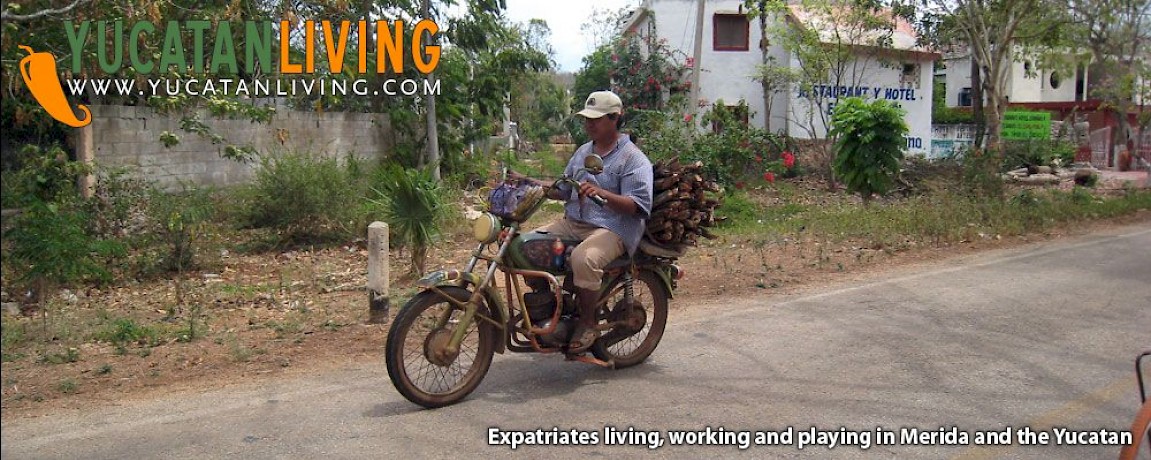



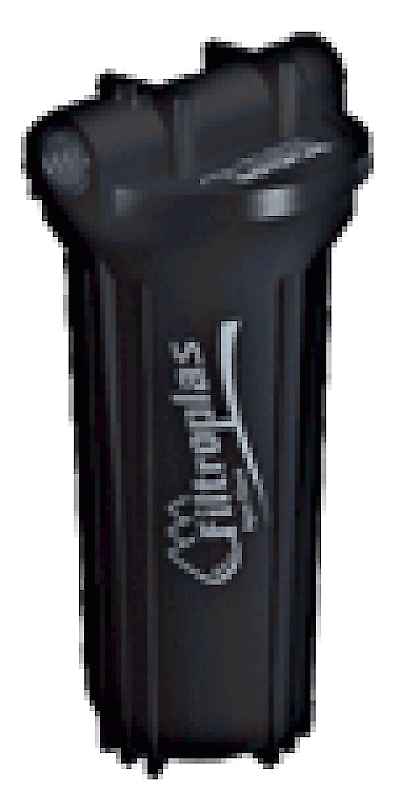
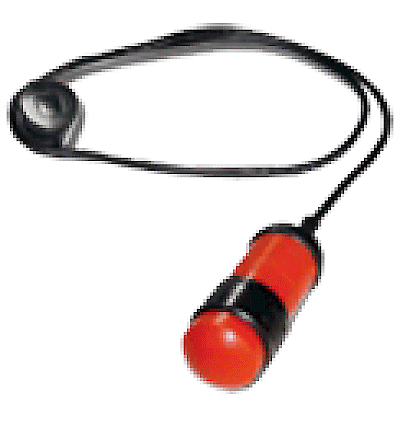
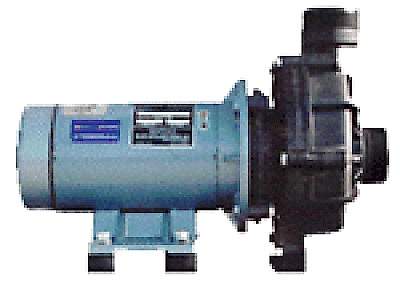
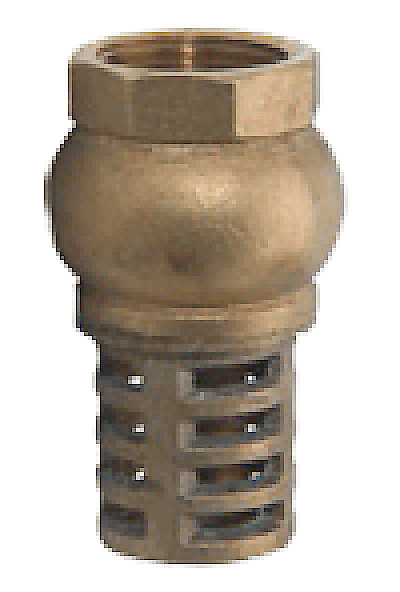
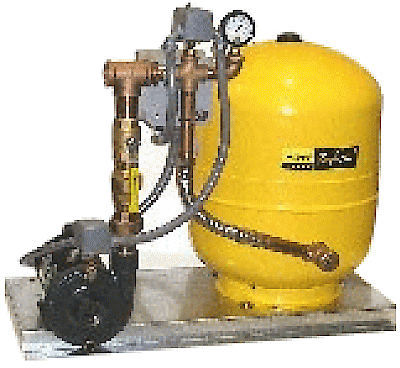
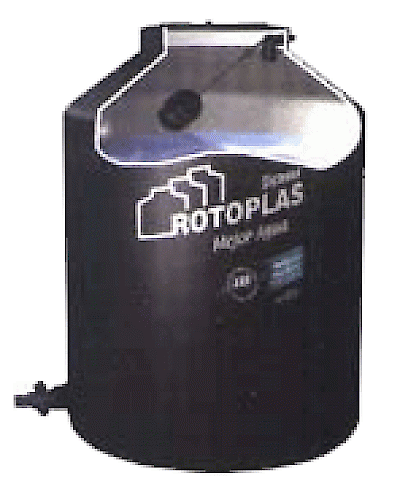
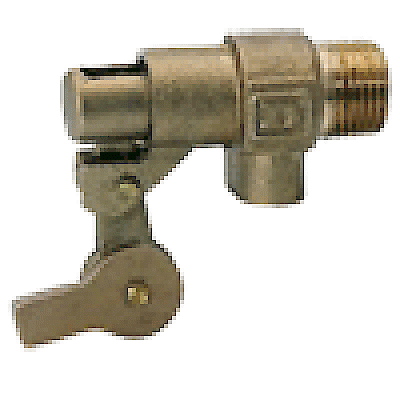

Comments
the_working_grillos 6 years ago
A tinaco is a large water storage vessel. Usually they are plastic these days and often on the roof. Sometimes they are used to catch rainwater.
A cistern is the same but usually this denotes an underground tank.
Osmosis is when a liquid moves through a permeable membrane. In this case, for filtering particles from drinking water.
Reply
Irene Brautigam 7 years ago
Hello
Very interesting post and thank you. I have a question and my husband and I live in the Toledo District of Belize (most southern). We have been shopping for a macerator toilet here and as to be expected no one knows what we are talking about. Given your expertise, are these available in Merida and if so any chance you know a ball park price? Any assistance would be greatly appreciated.
Irene
Reply
Hilton 8 years ago
Thank you so much for this incredible post! I am having a problem with the pipes. I had it replaced a lot of times already, all the plumbers I hired keeps on suggesting plastic pipes but in the end, it doesn't last long and the problem is still there. Can you recommend a quality plastic pipe or something else that will last longer? Thanks!
Reply
Mindfulmelanatedmama 9 years ago
Thank you SO much for this incredible post! We are in Córdoba and I wanted to create a detailed video on my YouTube channel about the water systems here. I just don't have the capacity right now so I will be sharing your link for those who also love knowing how things work! Great blog!
Reply
Tim 9 years ago
Thank you so much for this article certainly helps with my understanding. I'm in the process of purchasing an older condo in Playa Del Carmen. It certainly has what you describe. My home inspector. Noted the water pressure is nearly non existent a few dribbles. He has suggested a pump to fix them problem. He's said that to get decent water pressure it needs to be at least a 2m drop and currently it's not. I also assume pipes have substantial sarro in them as well. I'm on Mexico home depot there appear to be 2 different styles of pump one is a traditional jet pump with a holding tank one is a sort of a similar style without a tank. Where is my plumber going to try to install this? In my maintenance room or on the rooftop by the tinaco? I want to make sure it's done right. If I start pumping the water should I leave the shower heads and screens of the taps to see if any sarro gets pushed through or is that a pipe dream (pardon the pun) Thanks in advance. Tim
Reply
Brian Johnson 9 years ago
Would using a pex manifold system with a Tinaco backup work well in the Merida area?
Reply
Bruce 9 years ago
Hola,
I have recently bought a home in Holbox and I noticed that the drain lines from sinks are all plastic flex hose which will form the "P" trap that is required to have water in it to prevent the sewer gas from returning into your home via your sink drains.
Where the hose exits the house through a 2 inch plastic line it is stuffed into a rubber plug first and then this thermos like cork is pushed into the 2 inch line and out the house the water will drain. I was curious why this is not a glued rigid type pipe connection similar to what we would use in Canada or USA such as an ABS type of plastic pipe which is much stronger.
My current rubber plugs have actually been siliconed by a previous plumber and sometimes the weight of the flex hose when full has a constant weight pulling at the rubber cork and has actually pulled out causing water under the cabinet. Very annoying! Any answers for these common problems? ABS plumbing fittings would solve these problems in my mind but I'm just a DIY kind of homeowner and not a plumber.
Reply
Wisconsin 10 years ago
Thank you for satisfying my curiosity! Is it necessary or desirable to clean the cistern and/or tinaco from time to time? Is the city water considered safe to drink? (I know most locals say no, but the real answer is elusive.)
Reply
Working Gringa 10 years ago
Yes, it is a good idea to clean your tinaco every year or so... not so often a cistern, but it too should be inspected regularly. The city water is safe to drink, but most people either drink bottled water or install a reverse osmosis system to remove any additional impurities.
Reply
Margaret E Slater 7 years ago
what is a tinaco? what is a cistern? osmosis?
(0 to 11 comments)Next »